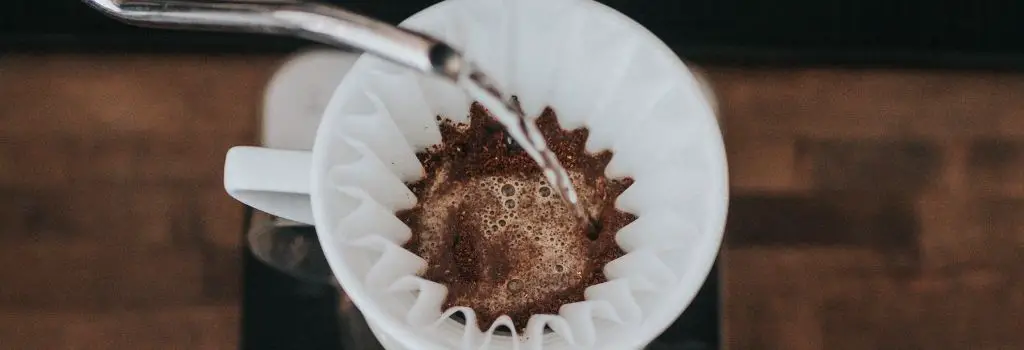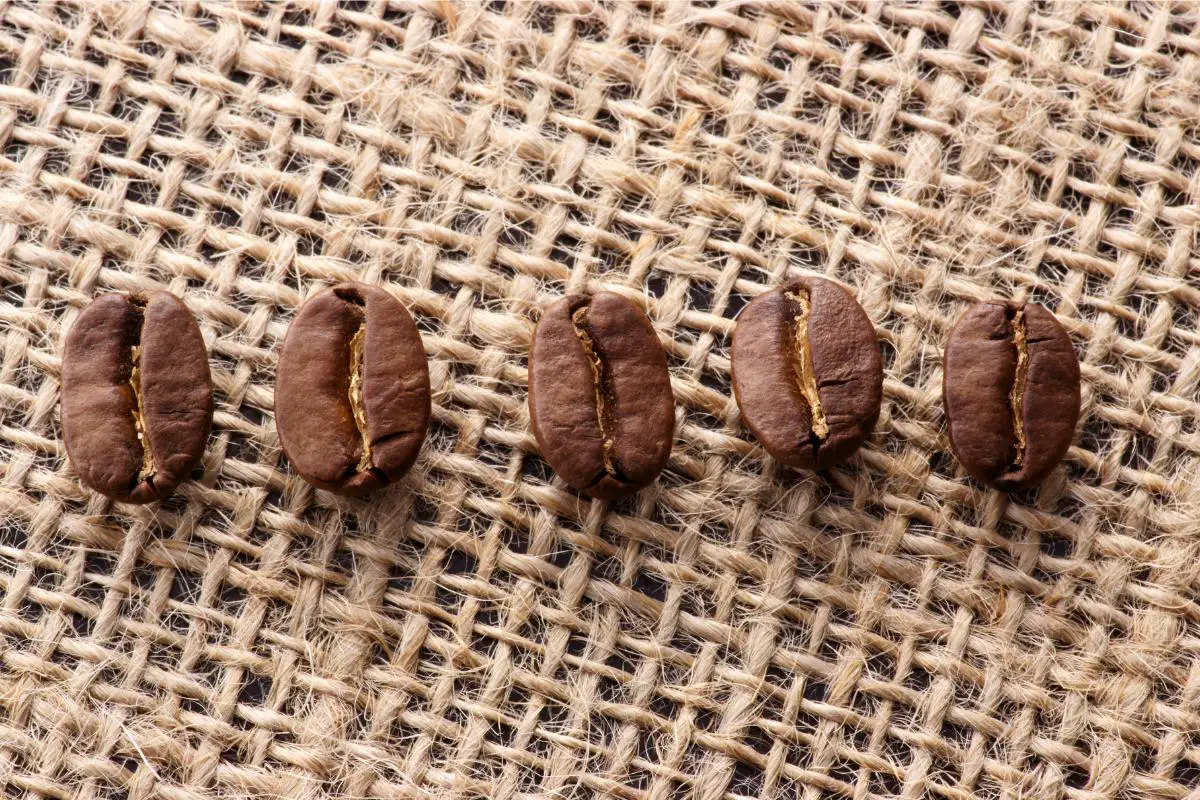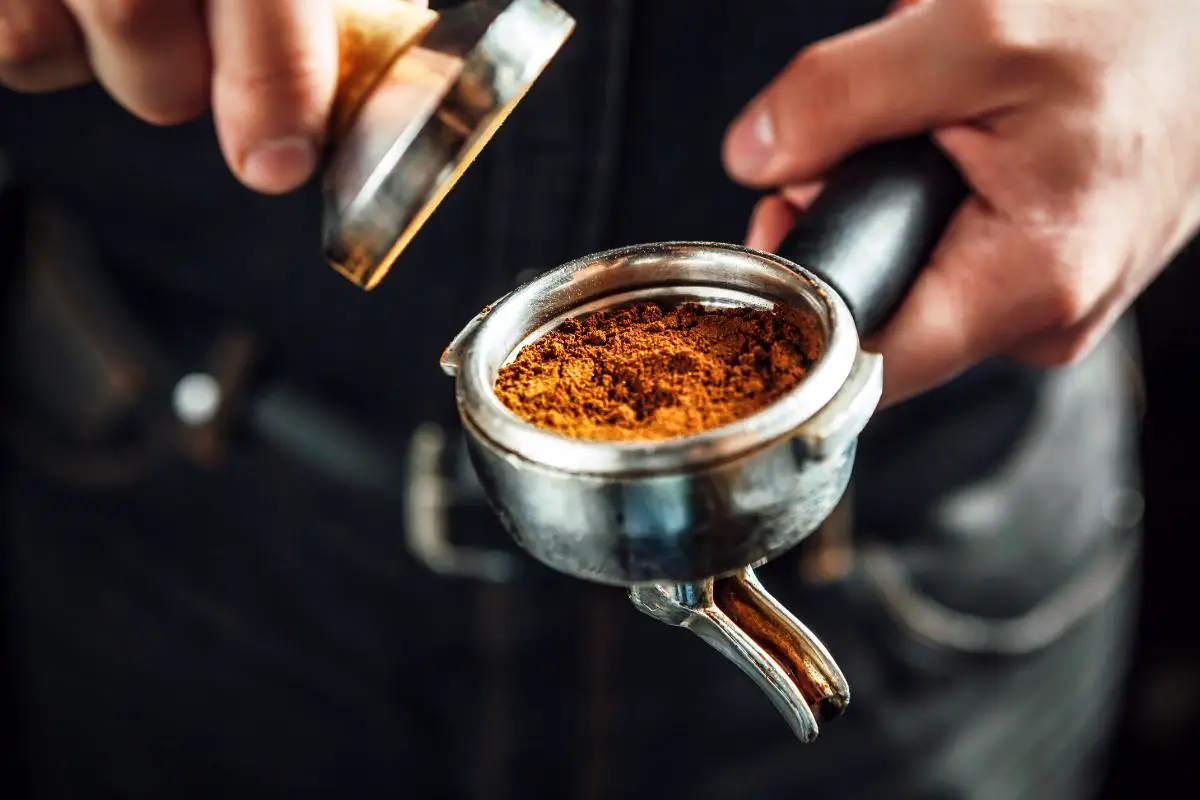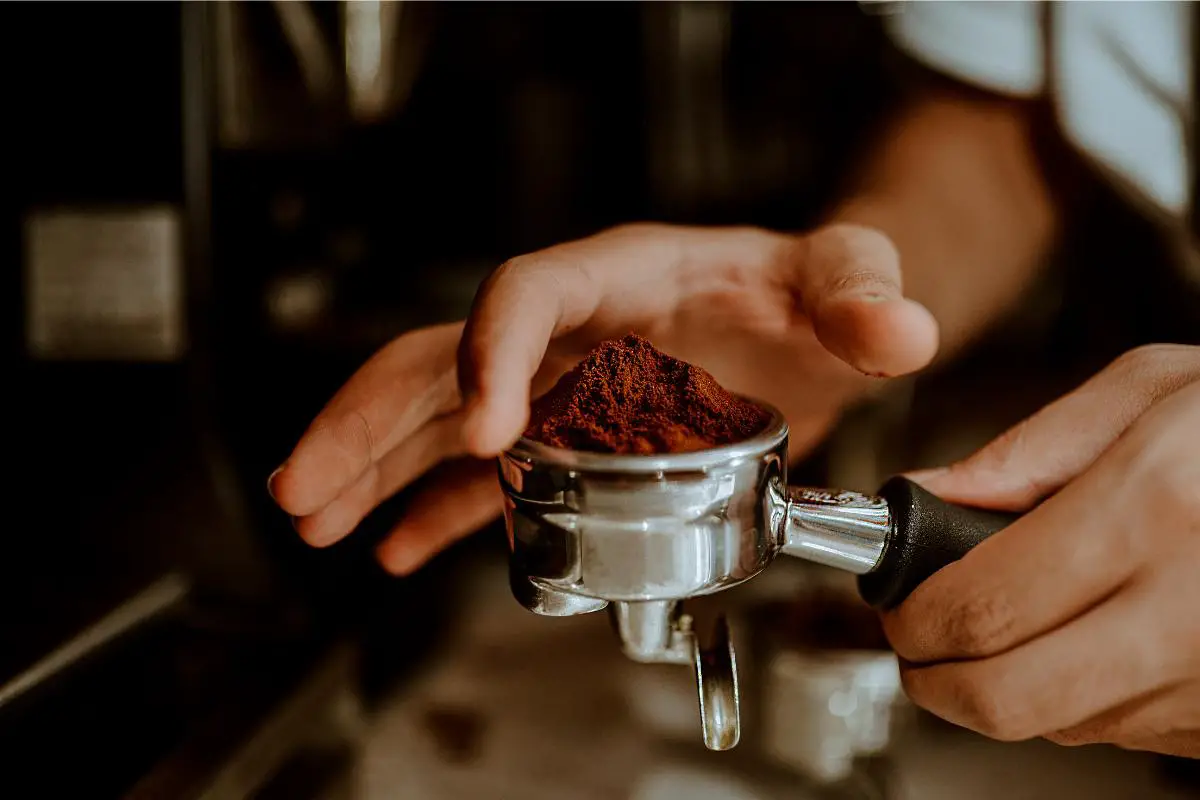So why pour over coffee is superior? If you’re new to the world of coffee then you may not be totally clued up on all the different brew methods out there.
Even long-term coffee fans have their go-to brew method, and it’s easy to get stuck in your ways, forgetting that new horizons are out there.
If drip coffee, thanks to the ease of use, automation, and reliability has been your coffee-making crutch then it’s time to branch out.
You can elevate your coffee game, leagues above anything a drip machine can do, by simply switching to pour-over coffee.
Why pour over coffee is superior? Because your morning cup of joe will taste better, you’ll get an even extraction and essentially get more out of your coffee beans.
Pour over coffee will allow you to develop a more intimate relationship with your coffee as it brews, and you’ll develop a baristas kind of intuition as you hone your skills.
Or if you want better coffee without the effort then consider an automatic pour over coffee maker.
If you’re struggling to believe this to be possible then in this article we will take a closer look at the five important reasons why pour-over coffee is superior to drip coffee.
Table of Contents
5 Reasons Why Pour Over Coffee Is Superior To Drop Coffee
- Temperature
- Bloom
- Timing
- Even Saturation
- Size
1. Temperature
The first reason you should ditch that coffee maker is the water temperature.
Coffee needs the water to be at the perfect temperature to ensure optimum flavour and aroma. If the water is too cold then the coffee will taste thin and under-extracted, too hot gives a burnt and bitter taste.
The water needs to be between 195 – 205F (90-96C) to really make the most of those beans.

Drip coffee makers don’t give you any control over the water temperature so often end up burning the coffee.
Another issue is the hotplate that the carafe sits on, as this can often end up heating up too much, so can burn the coffee after the brew cycle is complete.
With pour-over coffee, you can heat the water to the perfect temperature every time.
A kettle with a built-in thermometer is the ideal thing to have here as it does all the hard work for you. Failing this, a kitchen thermometer works well to test your water before you pour it.
And there are ways you can keep pour over coffee hot.
2. Bloom
The first stage for brewing delicious coffee is known as the ‘blooming’ stage.
This is where the ground-up coffee starts to absorb water for the first time and it swells and lets off carbon dioxide gas, this is called “de-gassing”.
The release of CO2 reduces the acidity of the coffee so releases the sour flavour notes.
The blooming stage also allows the coffee grounds to make room for water, so that the extraction is more balanced.
To bloom your coffee you want to evenly coat the grounds in enough water to saturate them but not soak them.
Next, wait 30 seconds whilst the grounds fizz and move around, and then you’re ready to start brewing your java.
Most drip machines are not set up well for a ‘blooming’ stage so you lose all the benefits of this process.
The only way to ensure a really good quality coffee bloom is to do it yourself.
Pour-over gives you complete control over your coffee bloom and this leads us to the next point.
3. Timing
Timing is everything, so they say, and this absolutely applies to coffee brewing.
When you’re in control of the pouring, you have complete control over the timing, and when brewing pour-over coffee you should aim to keep the water level between ½ and ¾ full.
Pour from the middle and avoid pouring along the edges of the coffee grounds.
The whole process should take 3-4 minutes and while you hold the kettle, you remain in control.
Drip machines are not always calibrated for the ideal time to let and hold water and this can cause an unbalanced extraction.
Pour-over is the best way to ensure your coffee brews all in good time.
4. Even Saturation
A major issue with a lot of drip machines is the shower head design.
The opening where the water is let out can end up soaking the coffee grounds in patches rather than evenly coating them.
This leads to the channeling of water, so it only passes through small portions of the coffee.

The result is a cup of java that’s partly over-extracted and partly under-extracted. It will be bitter, thin, and downright disappointing.
With pour-over coffee, you get to ensure the coffee is evenly coated with water as you pour it.
It’s best to go gently, moving in circles until the grounds are all submerged.
5. Better for Small Spaces/Minimal Kitchen
Drip coffee makers are big.
Even the compact design options require a substantial footprint on your kitchen countertops and not everyone has the room to accommodate this.
Also, if you have the space but you’re trying to arrange a minimalist-inspired kitchen then fewer appliances are always the best shout.
A pour-over funnel is compact enough to fit in any cupboard and even most drawers.
It can pack away really tidy and leave your kitchen looking clutter-free and aesthetically pleasing.
Another great point here is if you plan to set up a coffee-making station, featuring multiple coffee brewing methods, then the pour-over funnel is a perfect choice to add-in.
It can sit on a shelf or hang up with coffee mugs and blend it perfectly, and therefore, it’s much more practical than a huge drip coffee maker, and looks far superior in your kitchen.
Why Pour Over Coffee Is Superior F.A.Q’s

A. It’s normal for the standard cup of French press coffee to have a bit of grit and be thicker, but pour over coffee has no grit and has a texture that’s smooth and lighter.
A. Your black pour over coffee doesn’t need milk as that would be covering up all the flavour nuances in the cup.
A. Because the pour over method works well to highlight subtle flavour notes and aromas, you may want to choose a light roast.
Beans that are roasted to this profile are the brightest, with the most acidic flavours.
A. If you want to get the most out of your coffee, use freshly ground coffee, and grind the beans yourself.
It makes all the difference as Pour-over coffee will brew best when using a medium grind, but you can even go a bit finer or coarser.
Conclusion: Why Pour Over Coffee is Superior
Pour-over coffee is superior to drip coffee in many, many ways.
The control you gain over the brew method ensures your coffee tastes far richer and much better, in every way possible.
Your coffee will stand out in the best possible way and you’ll impress friends and family with your barista skills.
Alongside this great tasting java, the pour-over set-up looks much better than a drip machine or hides away easier if you prefer.
If you love great-tasting specialty coffee then there’s no debate. Pour-over is the ONLY choice!
If you enjoyed this article, read more like this by checking out our Specialty Coffee Beginners Guides.




